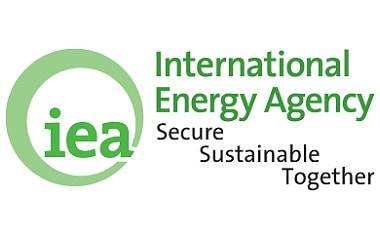
Half a billion people have gained access to electricity in India since 2000, almost doubling the country's electrification rate, according to the World Energy Access report released on Dec 6, 2017 by the International Energy Agency (IEA).
This "remarkable" growth puts India on course to achieving access to electricity for all in the early 2020s, the report added.
The number of people without access to electricity fell to 1.1 billion in 2016 from 1.7 billion in 2000.
It is on track to decline to 674 million by 2030, with India reaching universal access well before then. Since 2012, more than 100 million people per year have gained electricity access, an acceleration from the rate of 62 million people per year seen between 2000 and 2012.
Our analysis in the World Energy Outlook confirms that India is emerging as a major driving force in global energy trends, with all modern fuels and technologies playing a part.
Half a billion people have gained access to electricity in India since 2000, almost doubling the country's electrification rate.
This remarkable growth puts India on course to achieving access to electricity for all in the early 2020s - a colossal achievement.
Rate of Electrification: Know More- Coal has fuelled about 75% of the new electricity access since 2000, with renewable sources accounting for around 20%, according to the report.
- However, 239 million people remained without electricity access in 2016, about a quarter of the worldwide total.
- The report added that India is expected to reach universal electricity access in the early-2020s. Progress has also been made on clean cooking, although 830 million people in India still lack access.
- There are clear indications however that government policy efforts targeting LPG have begun to take hold.
- The share of the population relying primarily on biomass for cooking fell to 59% in 2015 from 66% in 2011.
- By 2030, the promotion of LPG and improved biomass cookstoves by the government means that more than 300 million people gain access to clean cooking facilities, but still more than one-in-three people remain without